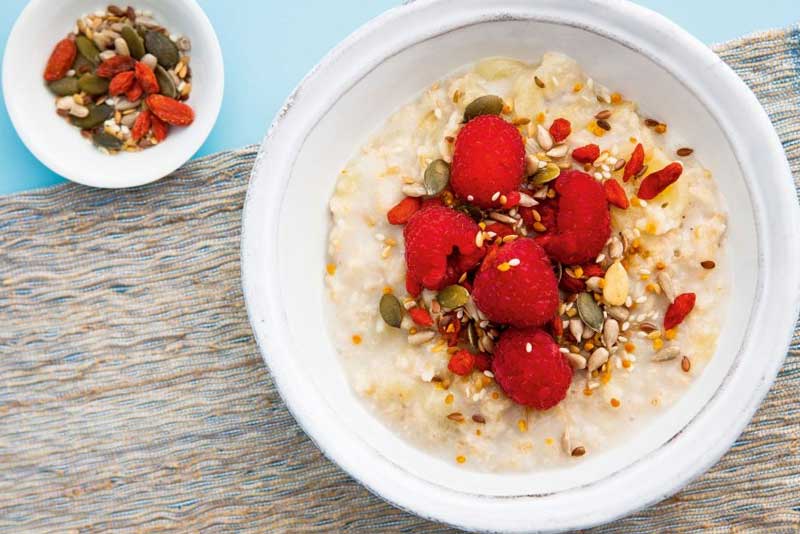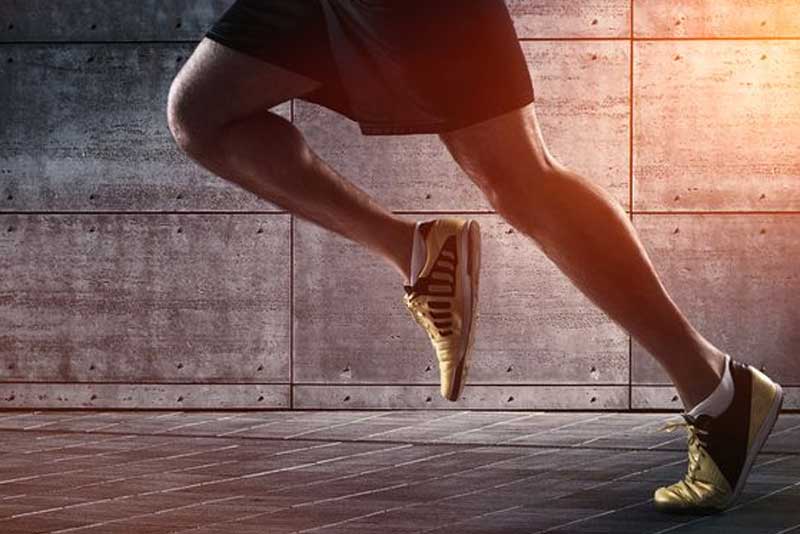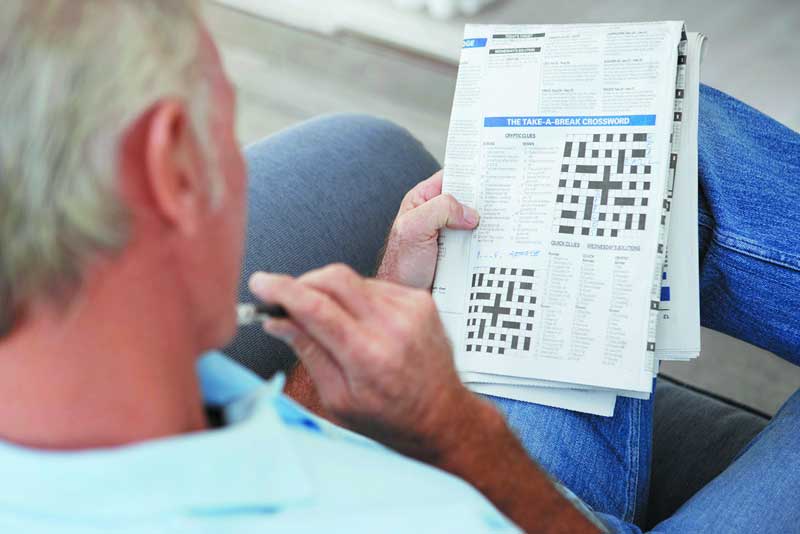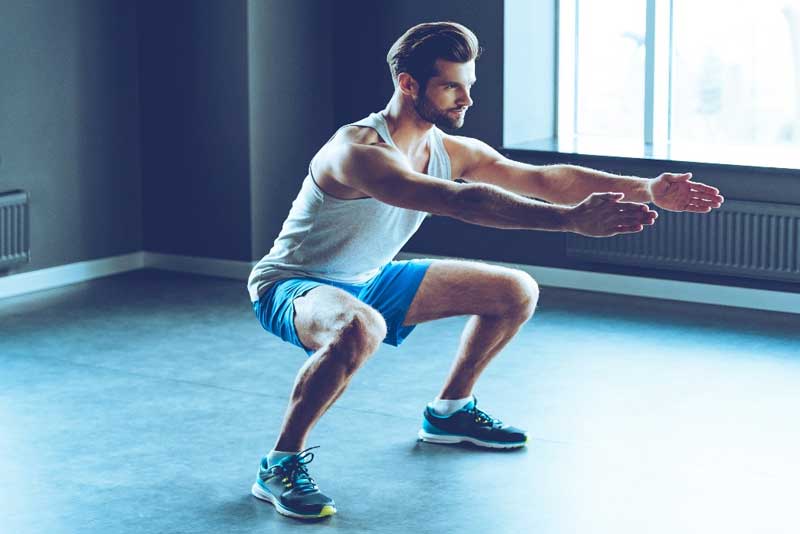
Why Men Shouldn’t Ignore Flexibility
When you think of yoga and Pilates, or stretching in general, what sex do you associate with them?
We would guess that most would say female. Rightly or wrongly this is pretty accurate.
Exercise Right asked five Accredited Exercise Physiologists what exercise their male clients enjoy the most and each one of them said the same thing – strength or generally using weights.
Why do men ignore stretching and flexibility exercises? Perhaps it is because they are not seen as masculine enough compared to traditional exercises.
One thing you need to know is that stretching and flexibility exercises should actually be considered as an everyday activity!
4 reasons why men should include a flexibility/stretching session in their everyday lives
Help Reduce Lower Back Pain
A lot of people with back pain avoid exercise because they are afraid of making it worse. However, research has found that for people with acute, subacute or chronic low back pain, there is no evidence that exercise increases the risk of additional back problems. In fact, it exercise may slightly reduce risk of future back injuries. Flexibility training, such as yoga, can also help to reduce pain and improve range of movement in those with chronic lower back pain.
Help You Relax
By including a stretching session before bed, you get a chance to wind down, clear the mind of any busy thoughts and purely focus on the body.
Research has indicated that stretching does have a positive effect on your mental health and helps reduce anxiety. (Promotion of mental relaxation (DeVries, Wiswell, Bulbulion, & Moritani, 1981)
Helps You Move Better
The American College of Sports Science explains that having a body that isn’t limber or flexible can mean you are restricted in certain movements.
By training the body to stretch and move you are essentially teaching it how to perform tasks more easily. They give the example of putting things in a top cupboard, do you groan as you stretch to do this – increasing your flexibility will stop this.
Another point is that by being more flexible you also improve your chances of injury.
Gets Your Moving
There is a lot of mixed evidence on stretching and if it helps you perform better at sports or helps you cool down – but there is one thing that we can be sure of – stretching and flexibility exercises get your body moving.
Increasing the movement of your body = excellent for you overall health.
What do you need to do when it comes to stretching and flexibility?
- Focus on major muscle groups. When you’re stretching, focus on major muscle groups such as your calves, thighs, hips, lower back, neck and shoulders.
- Also stretch muscles and joints that you routinely use at work or play. Make sure that you stretch both sides. For instance, if you stretch your left hamstring, be sure to stretch your right hamstring, too.
- Don’t bounce. Stretch in a smooth movement, without bouncing. Bouncing as you stretch can cause injury to your muscle.
- Hold your stretch. Hold each stretch for about 30 seconds; in problem areas, you may need to hold for around 60 seconds. Breathe normally as you stretch.
- Don’t aim for pain. Expect to feel tension while you’re stretching, not pain. If it hurts, you’ve pushed too far. Back off to the point where you don’t feel any pain, then hold the stretch.
- Make stretches sport specific. Some evidence suggests that it’s helpful to do stretches tailored for your sport or activity. If you play soccer, for instance, you’re more vulnerable to hamstring strains. So opt for stretches that help your hamstrings.
- Keep up with your stretching. Stretching can be time-consuming. But you can achieve the most benefits by stretching regularly, at least two to three times a week.
If you don’t stretch regularly, you risk losing any benefits that stretching offered. For instance, if stretching helped you increase your range of motion, and you stop stretching, your range of motion may decrease again.








